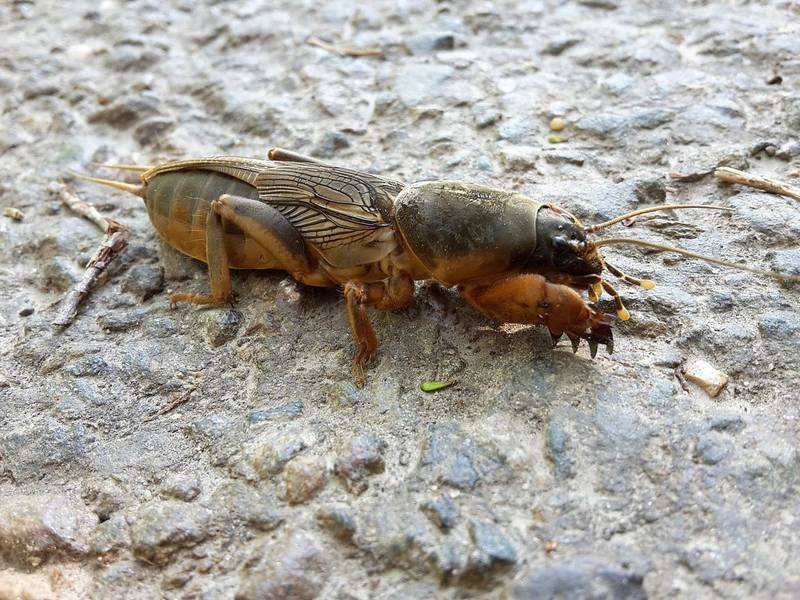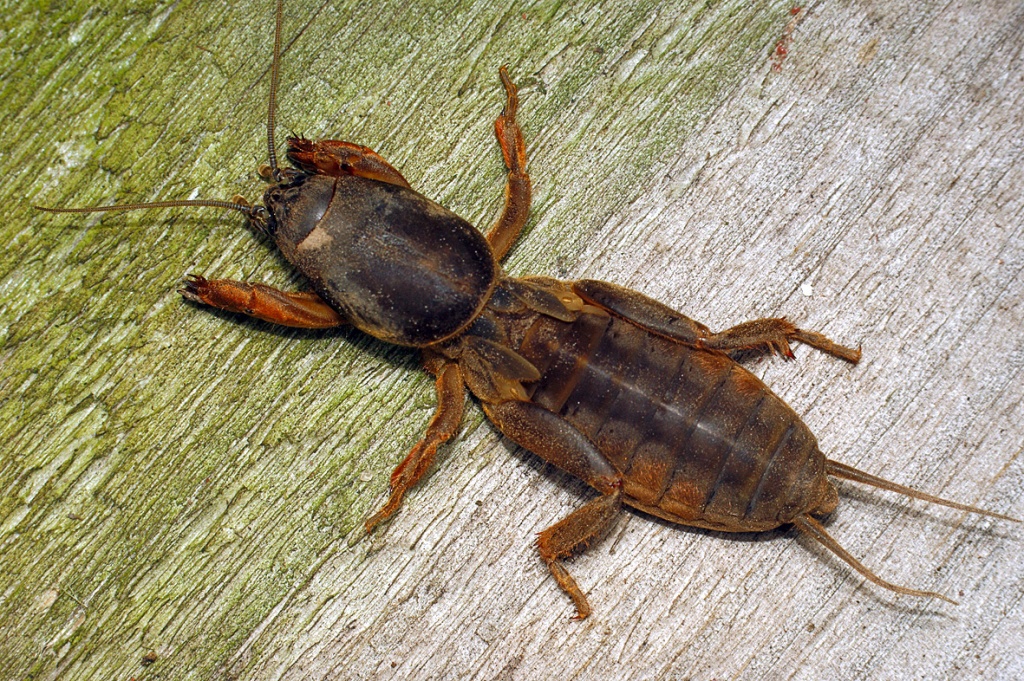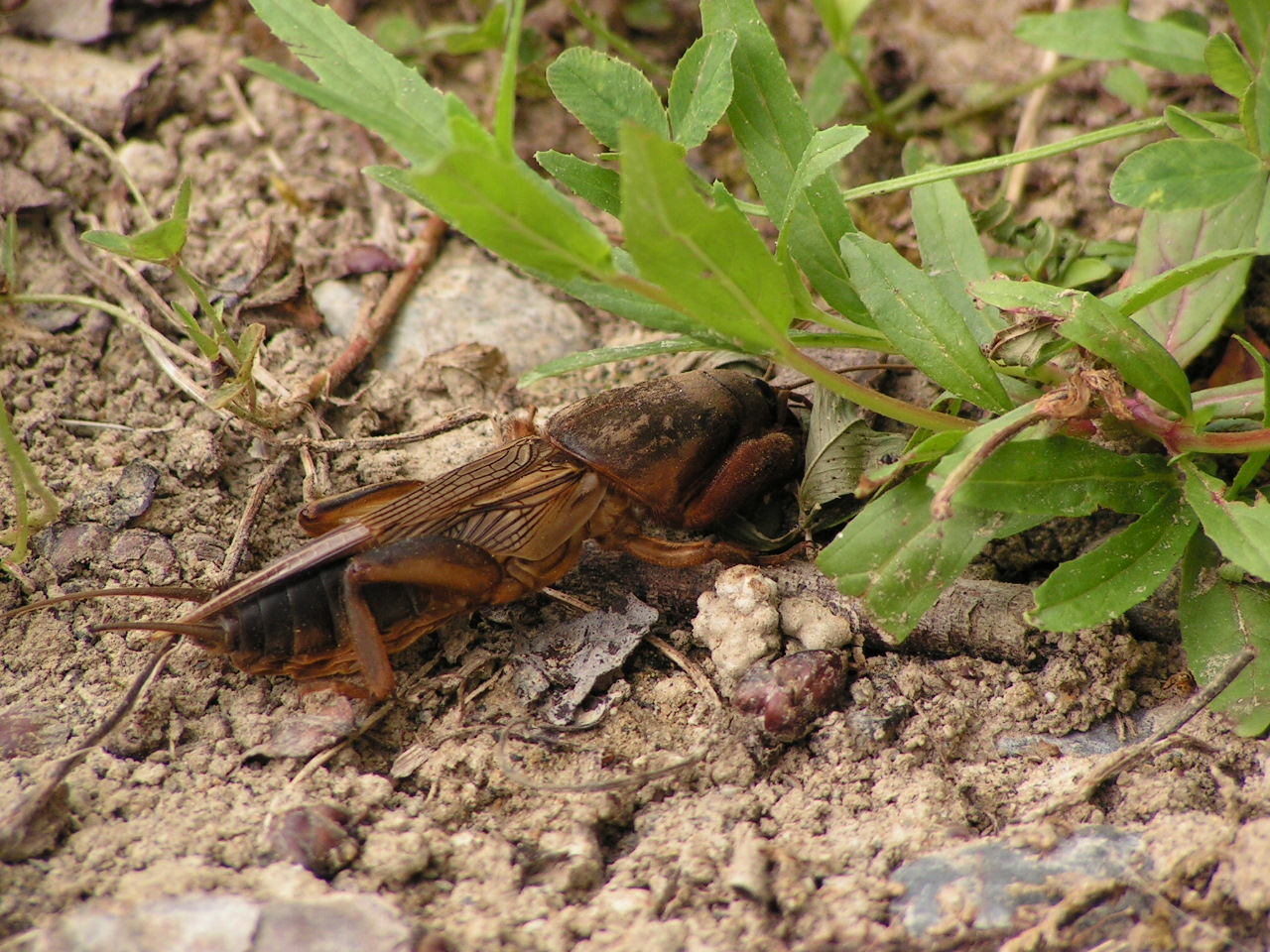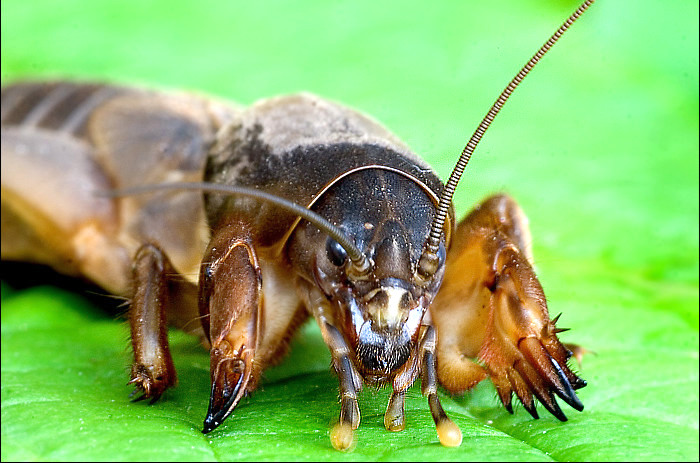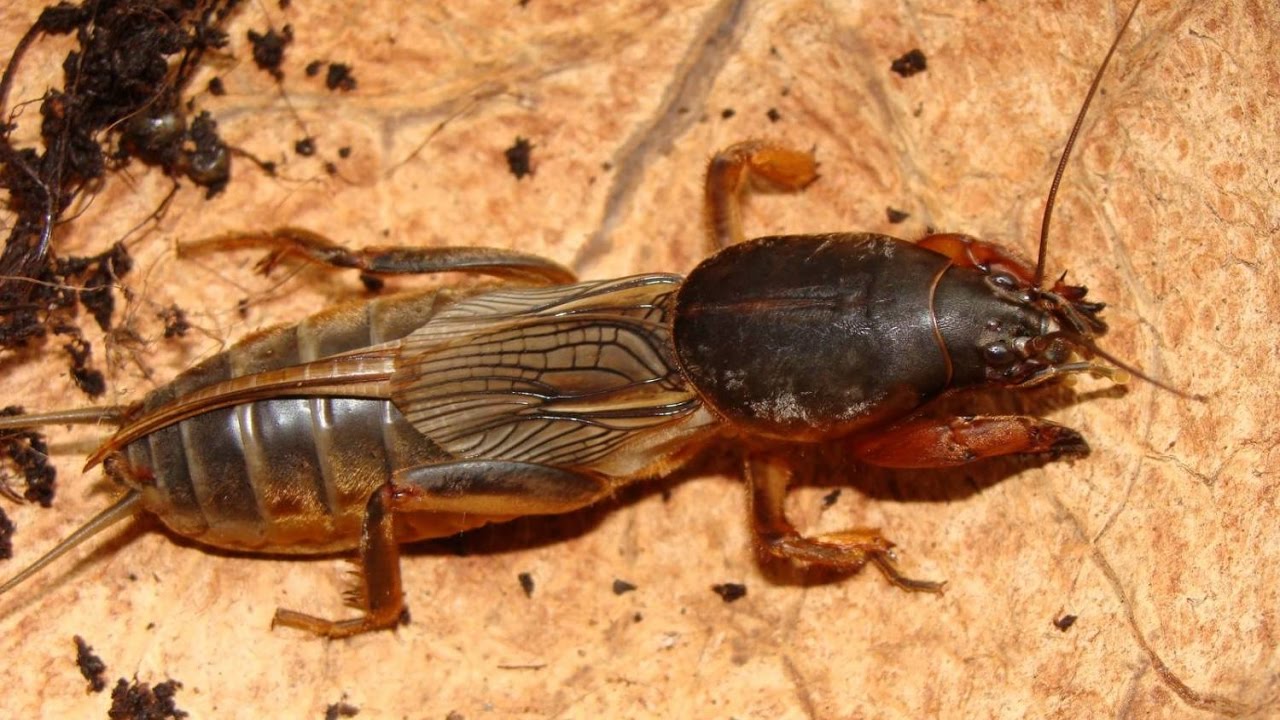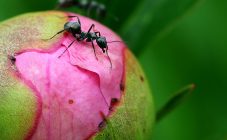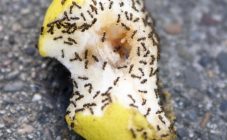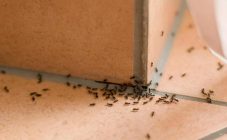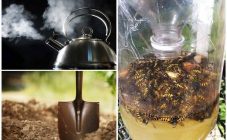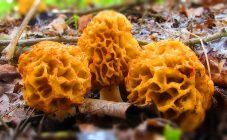As soon as they do not call this burrowing pest. She was nicknamed Kapustyanka for eating young cabbage seedlings. She received the name Medvedka for her brown-brown color and massive front legs with claws.
It is also called an earthen crustacean for the similarity of the head in the shell, whiskers and paws, like in real crustaceans. And the nickname `` spinning top '' stuck behind her thanks to the claws of the front paws, similar to wolf teeth.
In fact, Gryllotalpa gryllotalpa is Latin for cricket mole or cricket mole. She, like a cricket, makes a sound by rubbing one of the wings against an acute angle of the other, similar to their body structure.
What harm does the bear bring
The pest insect destroys everything in the ground, the seeds of garden crops sown in the ground, the roots of cucumbers, tomatoes, peppers, especially young cabbage to her taste, she also does not disdain the corn root system.
Medvedka harms flower bulbs, roots and underground shoots of shrubs, gnaws whole pieces from potato tubers and beets. It can rarely be found on the surface of the soil, it can fly, swim, move quickly underground, digging numerous passages. Pest control is not an easy task.
Chemical control methods
In the fight against insects, you can use poisonous substances insecticides. It is best to put them directly into the hole with the seedlings being planted and sprinkle with earth, or spread them between the ridges to a depth of 3-5 centimeters. These drugs are:
- medvetox - the duration of the red granules is 2 weeks, it starts to act after 4 hours, the active ingredient is diazinon;
- anti-bear - the active ingredient is imidacloprid, it remains in the soil for a long time, its half-life is about a hundred days;
- phenaxin plus - the active ingredient is melathion, its protection time is 20 days, we adore its taste and smell by a pest;
- medvecid - 1 granule of ready-made bait is sufficient for the death of the pest, it is safe for plants and humans.
An insecticide-bait Rembek is laid in the burrows and the moves made, which protects garden crops not only from cabbage, but also from garden ants, larvae of click beetles and beetles.
The death of the insect is caused by the spores of the muscardine fungus, which, falling on the skin of the insect, grow inside the body. Boverin is rich in spores of this fungus; it is applied both to the plant itself and to the soil around it every 1-2 weeks.
Calcium carbide
A substance obtained by fusing quicklime with coke. When exposed to water, it releases acetylene, which, falling into dug holes, poisons the cabbage. To fill the passages with organic compound, 5 grams of calcium carbide is enough.
Plywood sheet
A plywood sheet with a moistened earth underneath can become a refuge for a bear on a hot day. Hiding from the harmful rays of the sun, the insect seeks shelter in the moist cool ground. It remains from time to time to lift the plywood and remove the pest from there.
Manure
The ideal place for the life of the bear are heaps of manure. In them she hibernates and lays eggs. When mixing the manure heap in subzero temperatures, the pest deprived of a warm shelter will die in the cold.
There are many methods of dealing with a bear, you just need not be lazy to loosen the soil to detect its moves.
